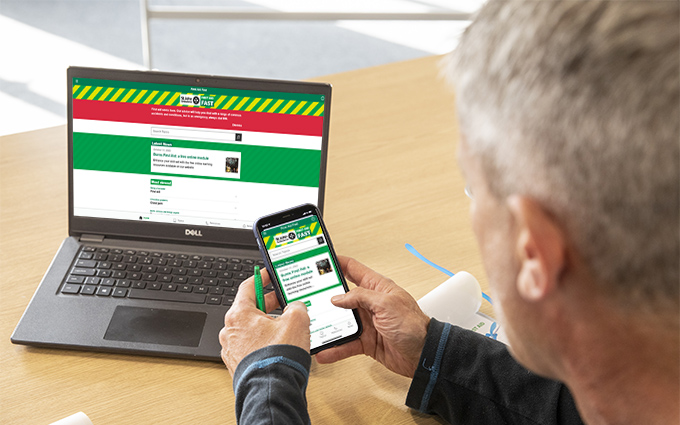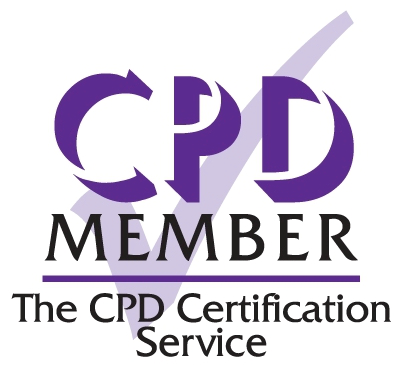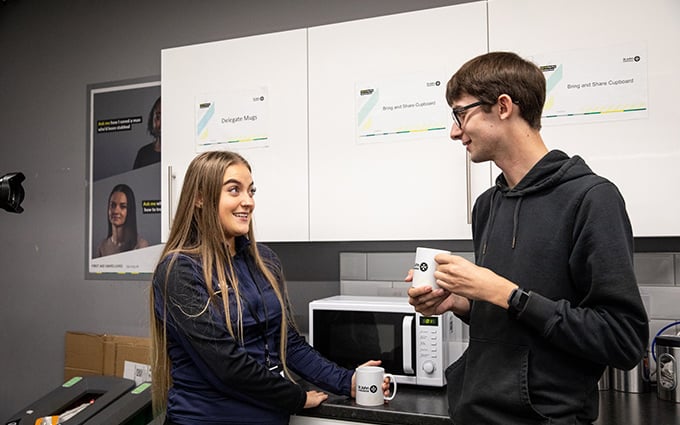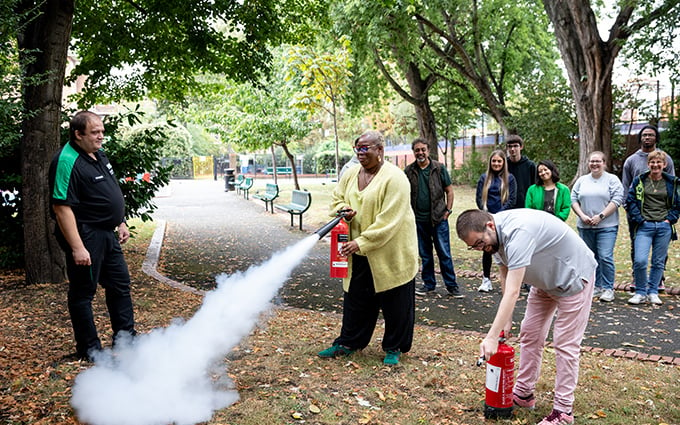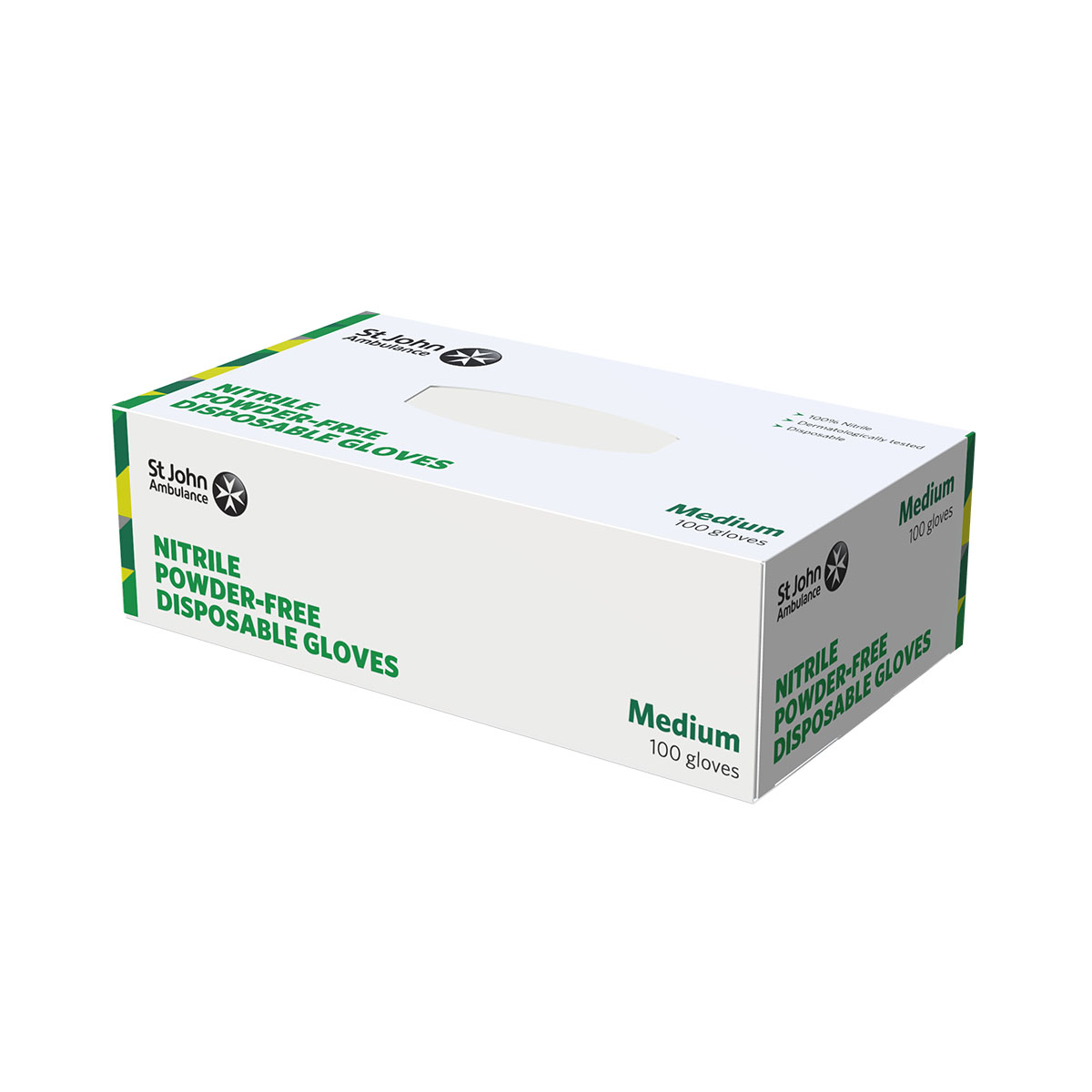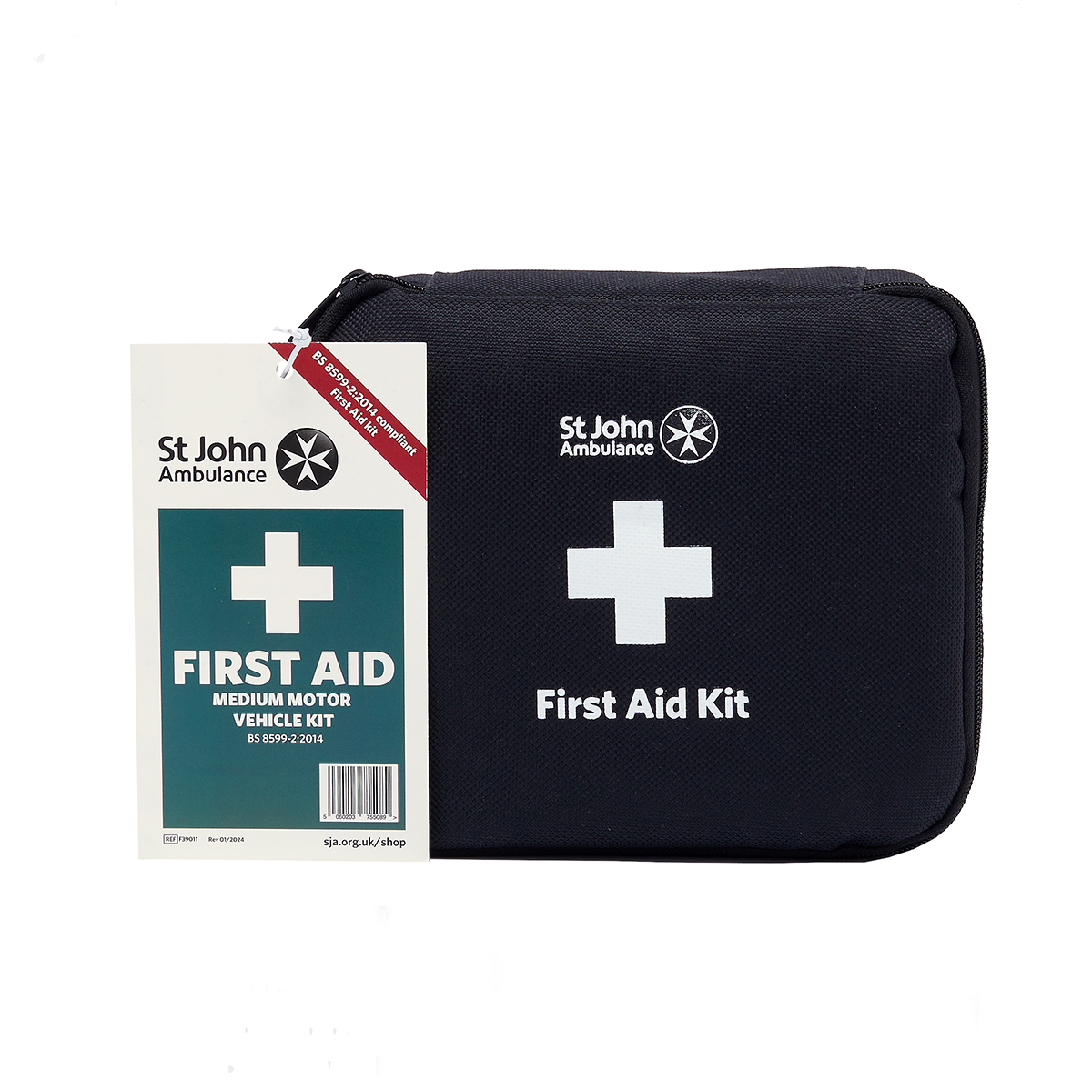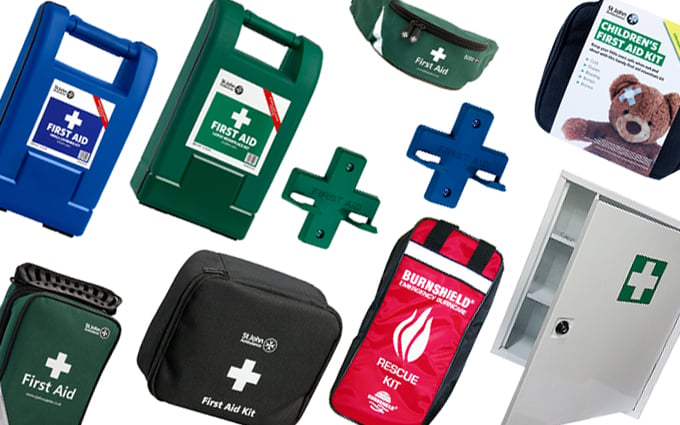
Our First Aid at Work course offers a comprehensive, HSE-compliant curriculum tailored for employees in medium to high-risk environments - ranging from construction sites and warehouses to office settings. Delivered over three days at one of our dedicated venues in a classroom envrionment, this classic course equips delegates with both essential theoretical knowledge and practical, hands-on experience.
For added flexibility, we also offer a blended learning format. This option combines one day of online training with two days of in-person instruction, minimising time away from the workplace while maintaining the same high standard of learning. The online learning must be completed in the 10 weeks before the face-to-face course.
This course not only ensures compliance with the Health and Safety (First Aid) Regulations but also builds confidence to respond effectively in real-world emergencies. Upon completion, delegates are covered by ‘Good Samaritan’ insurance, empowering them to provide first aid outside of the workplace as well.






